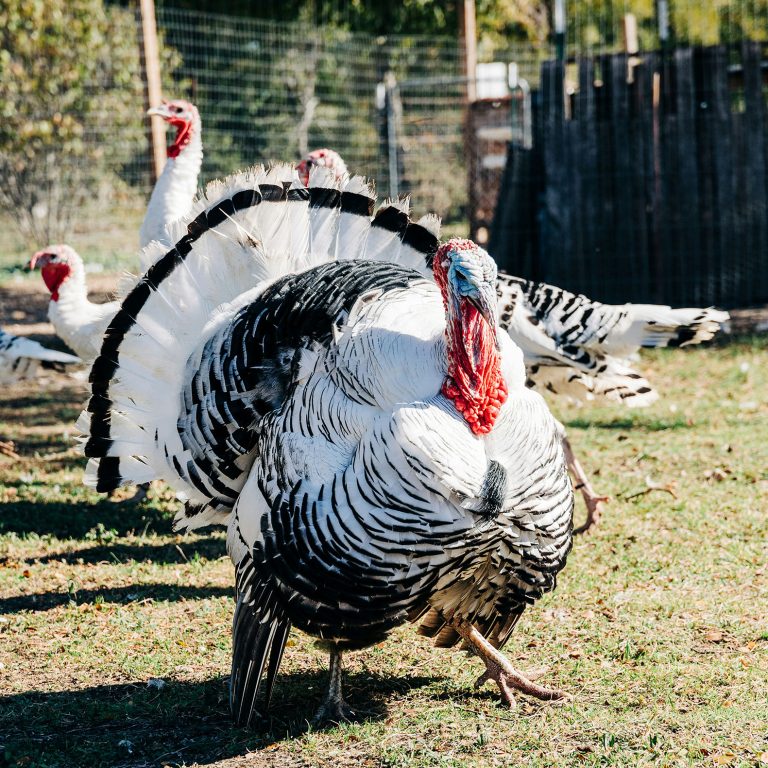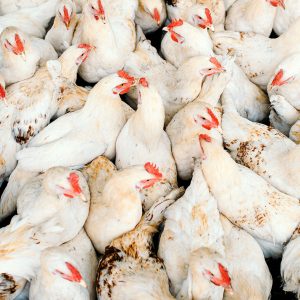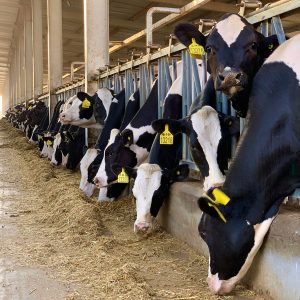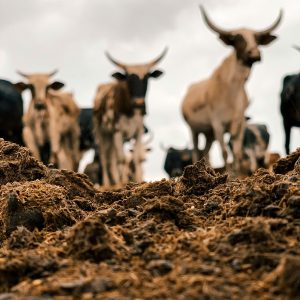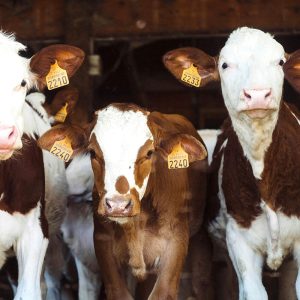On March 30, 2007, a flock of 25,560 turkeys on a West Virginia farm tested positive for the low pathogenic avian influenza (AI) virus H5N2. Although the flock showed no symptoms or increased mortality, USDA policy mandates the eradication of low pathogenic strains of AI. This policy aims to prevent mutation into highly pathogenic strains and potential human exposure. Composting Poultry Carcasses is an effective method for disposing of poultry carcasses, including those from flocks affected by diseases like avian influenza.
Depopulation and Disposal
The depopulation resulted in 1,022,400 pounds of carcasses, along with 20 tons of feed and 350 tons of litter that needed disposal. The farm chose composting as the disposal method. This decision marked a significant step since composting had primarily been used for smaller birds.
Challenges in Composting
Several factors complicated this composting scenario:
- Size of the Birds: On-farm composting had only been tested on a demonstration scale for larger birds like turkeys.
- Depopulation Method: A new method using firefighting foam added significant moisture compared to the traditional CO2 gas method.
- Carbon-Nitrogen Ratio: Recent cleaning of poultry houses meant transporting large amounts of additional carbon material to the site.
Successful Composting Poultry Carcasses
However, despite these challenges, the composting process proved successful. The team constructed windrows with coarse mulch at the base, a layer of carcasses, and a cap of mulch or litter. Internal temperatures reached between 110°F and 135°F within the first three weeks. This exceeded the required 98°F for 10 days to deactivate the virus.After two weeks, carcass decomposition reached an estimated 90%. By three weeks, it increased to 95%. The composted material emitted an organic odor without strong ammonia or rancid smells. Additionally, minimal seepage occurred. Virus isolation tests from the compost material yielded negative results. Consequently, the farm lifted its quarantine 51 days after implementation.
Land Application
At 10 weeks, 75% of the composted material was deemed suitable for land application as a soil amendment. However, the remaining material required additional turning for final heating before land application.
Overall this event demonstrated that composting serves as a reliable carcass disposal method even for large poultry. It highlighted that large poultry carcasses can be composted in just two to three weeks, allowing for removal from poultry houses for final curing. This success story is likely to contribute to wider acceptance of composting as an effective disease containment and disposal method. This revision actively reduces passive voice usage, shortens sentences where possible, and incorporates more transition words to enhance flow and clarity.
- Innovative Manure Management: Explore innovative manure management solutions.
- Benefits of Composting: Understand the advantages of composting for agricultural operations.
- USDA Avian Influenza Response: This link provides information on USDA’s actions regarding avian influenza, including policies for managing outbreaks and preventing the spread of the virus. USDA Actions on Avian Influenza 1.
- Guidelines for Avian Influenza: This document outlines guidelines for handling avian influenza viruses, including best practices for managing outbreaks in poultry. Avian Influenza Guidelines 2.
- HPAI in Livestock: This page from the USDA provides updates on highly pathogenic avian influenza detections in livestock, including information about ongoing investigations and biosecurity measures. HPAI in Livestock – USDA 3.
- FDA Updates on HPAI: This link offers updates from the FDA regarding highly pathogenic avian influenza, including its impact on dairy cattle and food safety measures. FDA Updates on HPAI 5.

